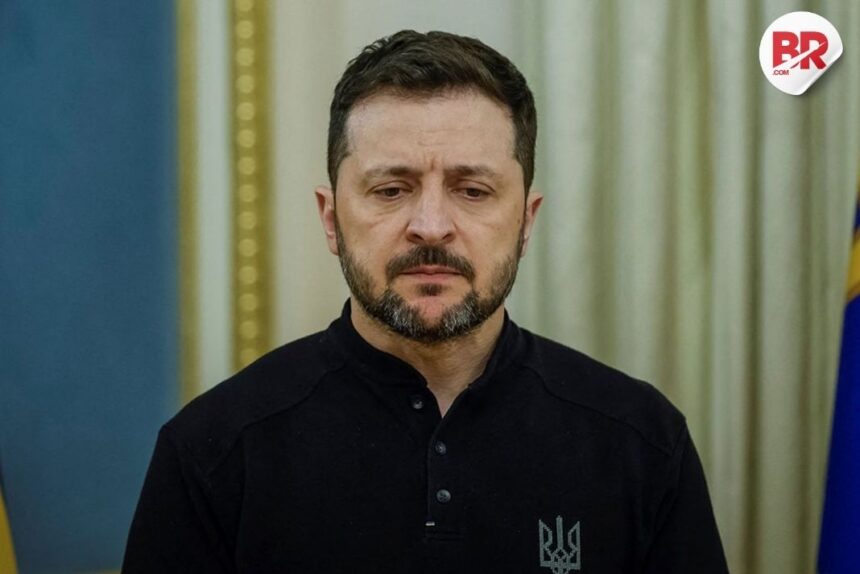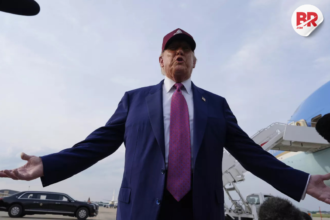
Ukrainian forces have officially crossed into Russia’s Belgorod and Kursk regions, with President Volodymyr Zelenskiy confirming the presence of troops across the border for the first time. The bold move marks a new phase in the conflict, as Ukraine attempts to push the war back into Russian territory and relieve pressure on its own border towns.
War Returns to Its Origin
President Zelenskiy explained that operations in Russian territory are a strategic necessity. “We are conducting active operations in the Belgorod and Kursk regions to protect our people in Sumy and Kharkiv,” he said. These two northeastern Ukrainian regions have been regular targets of Russian shelling since the war began.

Bringing the conflict back into Russian territory, Zelenskiy stated, serves two main goals: defending Ukraine’s towns and disrupting Russia’s offensive plans.
Kursk Operation Diverts Russian Forces
Ukrainian forces have maintained a presence in parts of Russia’s Kursk region for nearly eight months. While Russian troops have reclaimed much of the lost territory, Ukraine’s presence there has drawn significant Russian military attention away from key battlegrounds.
Military analysts suggest that the Kursk offensive successfully diverted Russian resources from the fiercely contested Donetsk region in eastern Ukraine. This shift has allowed Ukraine to stabilize its defenses and regroup its units in that area.
Also Read: US Demands Ukraine’s Mineral Profits Until Wartime Aid Is Repaid
Ukrainian Assault Regiments Recognized
Ukraine’s 225th Assault Regiment was publicly praised for its operations in the Belgorod region. Though specific details remain classified, the unit’s performance was described as “highly effective” by Ukrainian defense officials.
Meanwhile, Russian military bloggers reported intense fighting near the border, confirming skirmishes between Russian troops and Ukrainian forces in Belgorod.
War of Words: Conflicting Claims
Russia has claimed a new offensive victory, stating that its forces have taken control of Basivka, a village in Ukraine’s Sumy region. However, a Ukrainian military spokesperson swiftly denied this, stating, “Basivka remains under Ukrainian control.”
This is part of a growing information war, with both sides making conflicting claims about control of border areas. Independent verification remains difficult due to ongoing combat.
Also Read: Trump Announces Nuclear Talks with Iran—Tehran Denies Direct Contact
Russia Pushes for Buffer Zone
Russian President Vladimir Putin has repeatedly called for the creation of a buffer zone between the two countries. This would potentially stretch across Ukraine’s border regions, acting as a security strip for Russia.
However, Ukraine sees this as a pretext for further land grabs and has firmly rejected any such proposal.
Conflict Expands Beyond Borders
The cross-border operations mark a significant expansion of the war’s geographic scope. What began as a Russian invasion has now become a two-sided border conflict.
By engaging in limited incursions into Russian territory, Ukraine aims to destabilize Russia’s border security and draw attention away from eastern Ukraine, where fierce battles continue.
Also Read: Russia Slams Trump’s ‘Bomb Iran’ Ultimatum as Reckless Provocation












